India’s Approach to Slay the Dragon
Sat, 11 Sep 2021 | Reading Time: 3 minutes
“We can choose our friends but not our neighbours”- Shri Manmohan Singh (Former Prime Minister, India)
India’s prime focus post-independence has been to counter the multi-faceted forms of conventional and non-conventional warfare like militancy, insurgency, cease-fire violations, narco-terrorism, proxy warfare, so on and so forth from his amicable neighbour Pakistan, a country born out of the two nation theory of Mohammad Ali Jinnah based on the inaccurate portrayal of the religious sentiments of a particular section of the society.
But, post Galwan valley clash, the shift in the narrative of India has taken place and it was realised that the real threat to India was China. Chinese very competently planned to bleed India with a thousand cuts with multiple strategies like Belt and Road Initiative (BRI), String of Pearls, building artificial islands in the South China Sea in order to alter the boundaries of the Exclusive Economic Zones (EEZ) to make the things fall in their favour and moreover use these islands as military installations for quick deployment in case of any emergency, offering heavy aids to our neighbouring countries like Sri Lanka, Pakistan, Nepal etc. and using their area as a strategic outpost against the Indian side in return.
China is an extremely witty and stubborn enemy who doesn’t abide to international laws and is neither accountable to any of the international organizations like the United Nations (UN), World Health Organization (WHO), International Court of Justice (ICJ) etc.
Thus, the million dollar question that hits the mind that what can be the Indian approach to counter China.
1. Pressing the Achilles heel of China- ‘The Malacca Strait’:
Malacca strait is a shallow and narrow waterway that links the Indian Ocean to the South China Sea and whosoever controls it can stranglehold the Chinese energy supplies. The straits of Malacca has been a headache for the Chinese side. In 2003, former Chinese president Hu Jintao had referred to it as “the Malacca dilemma” because China needs it open and India has the power to control it. In 2019, 80 per cent of China’s oil supplies passed through the Malacca Straits, if India were to control it, then China will lose access to a vital artery for global trade and Chinese ships will have to take a longer route and that is where India can choke the Chinese.
According to an estimate, China’s shipping costs could increase by more than $64 million if the Strait of Malacca is closed for even a week, another estimate says alternative routes could cost Beijing anywhere between $84 to 220 billion a year.
2. Making a dent in the Chinese market share:
China has built his empire based on the lucrative it has deduced by selling his copy pasted and cheap quality products and technology to the world and a dent in this market share would be the worst nightmare of China that can come true. Let alone take the example of smartphone share of China which was over 45% in the first quarter of the FY-2021-2022. India can counter this by adding strength to multiple initiatives’ like Atmanirbhar Bharat Abhiyaan , becoming vocal for local etc. and depressing the market share of the Chinese in India as India is the biggest market and dumpyard of China and losing the biggest market of the world is not a country like China would wish to happen.
3. Adding strength to the Indian Navy:
“A good navy is not the provocation to war; It is the surest guaranty of peace”- Theodore Roosevelt
There is a famous saying that ‘the future wars’ will be the wars’ of the seas’. Looking at the present situations, it is quite evident that the battle load will drop on the Indo-pacific region and the South China Sea and in order to get the upper hand India needs to be a maritime power the way we used to be in the ancient period during the reign of the Chalukya’s , Gupta’s and the Chola’s. Modernisation with aboriginality is the demand of the hour particularly for the Indian navy.
India needs to flex its maritime muscles to counter growing Chinese influence and multiple measures like the sea trials of India’s first indigenous aircraft carrier and second aircraft carrier in the operation, INS Vikrant which is not a naval but a national requirement, 44 other ships and submarines that are being built indigenously and the navy pressing the government for a third aircraft carrier , sending a task force of four ships to South East Asia, the South China Sea and Western Pacific for two months of exercises including with Vietnam, the Philippines, Indonesia, Japan, Australia and the United States the deployment seeking to underscore the operational reach, peaceful presence and solidarity with friendly countries towards ensuring good order in the maritime domain and to strengthen existing bonds between India and countries of the Indo Pacific, are a clear indication of the recognition of the importance of the navy in coming warfare.
China is a tough nut to crack as it is evident from its approach of dealing with the hurdles in its plan and India’s approach in the direction of a peaceful Indo-pacific region would not be a cakewalk. India must prepare itself for multiple fronts of conventional and non- conventional warfare from the Chinese counterparts and a pre-emptive approach would be the best to slay the dragon.
Disclaimer
The opinions expressed in this article are the author’s own and do not reflect the views of Chanakya Forum. All information provided in this article including timeliness, completeness, accuracy, suitability or validity of information referenced therein, is the sole responsibility of the author. www.chanakyaforum.com does not assume any responsibility for the same.
Chanakya Forum is now on . Click here to join our channel (@ChanakyaForum) and stay updated with the latest headlines and articles.
Important
We work round the clock to bring you the finest articles and updates from around the world. There is a team that works tirelessly to ensure that you have a seamless reading experience. But all this costs money. Please support us so that we keep doing what we do best. Happy Reading
Support Us





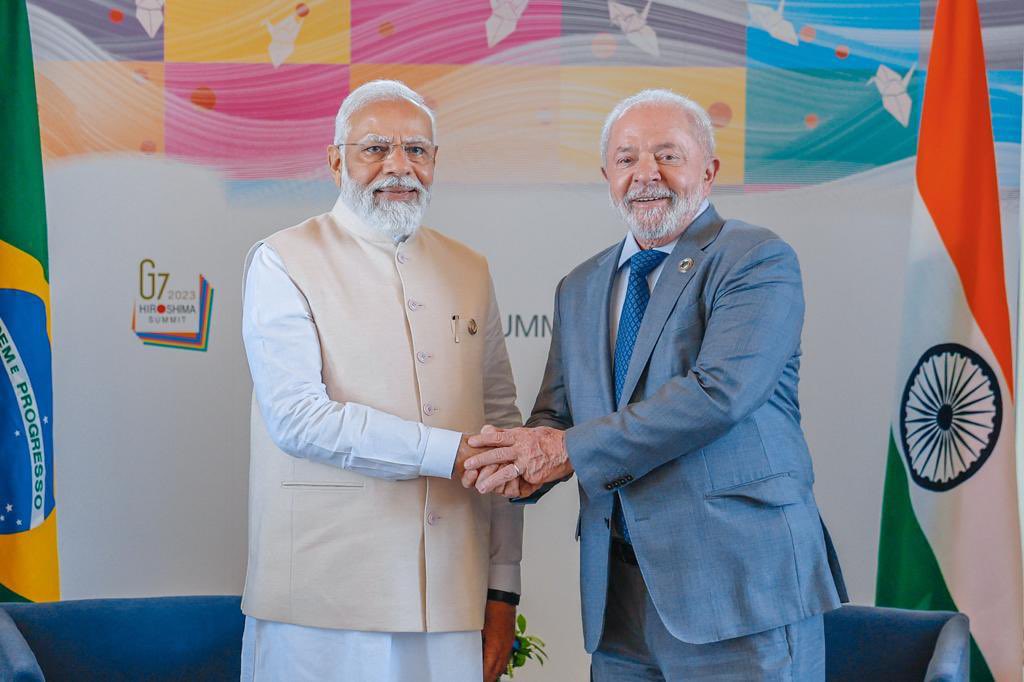

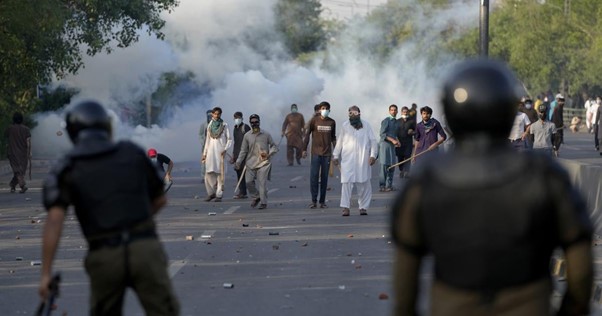

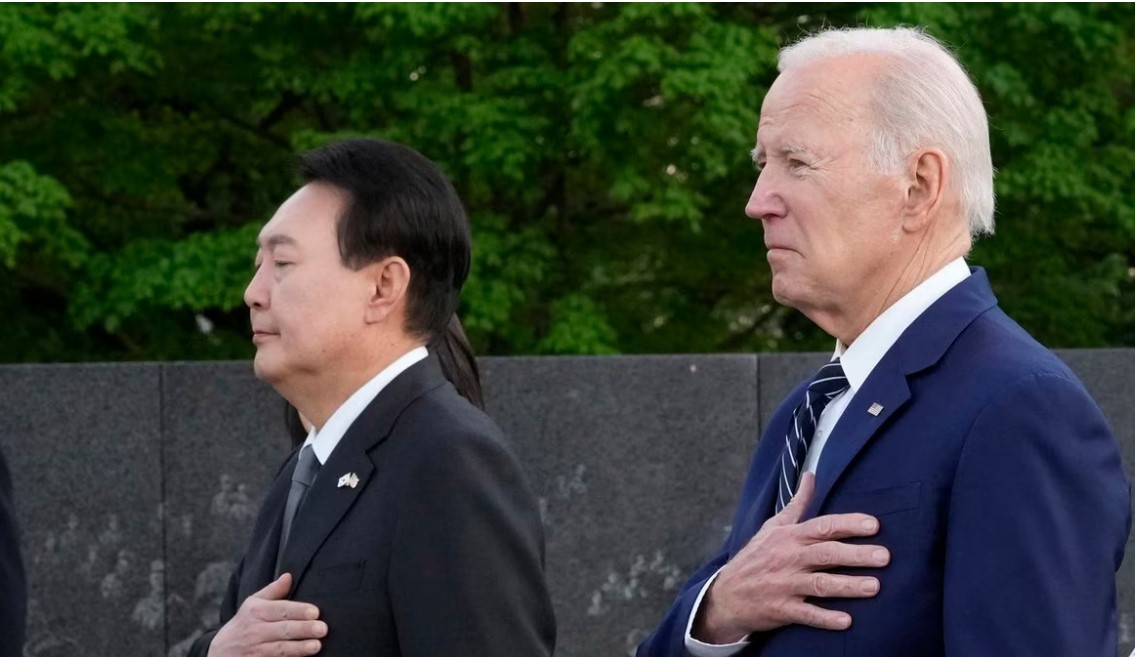


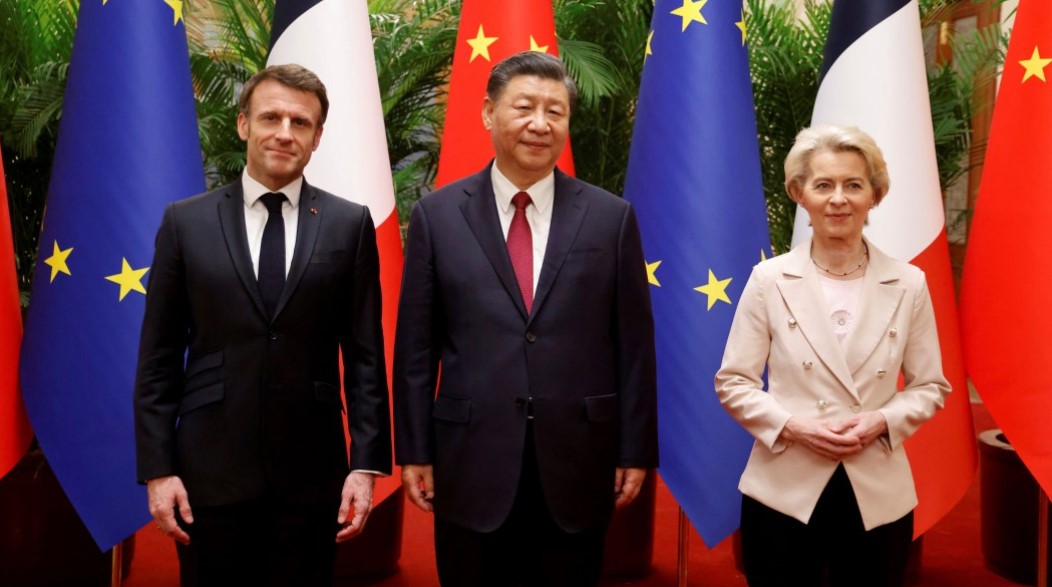
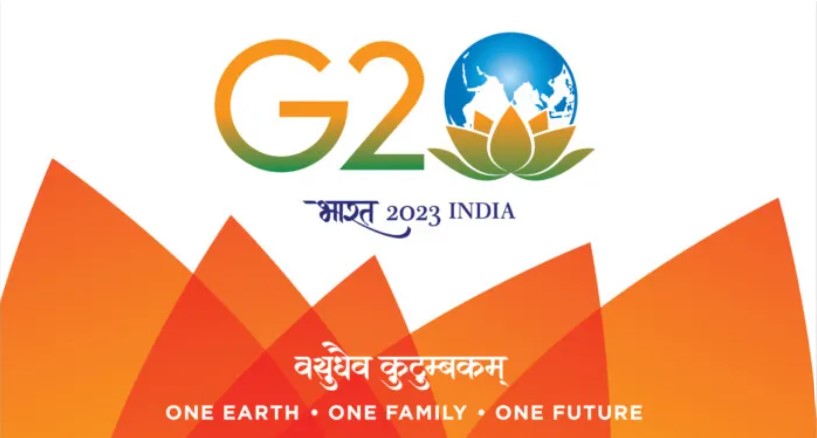






POST COMMENTS (0)